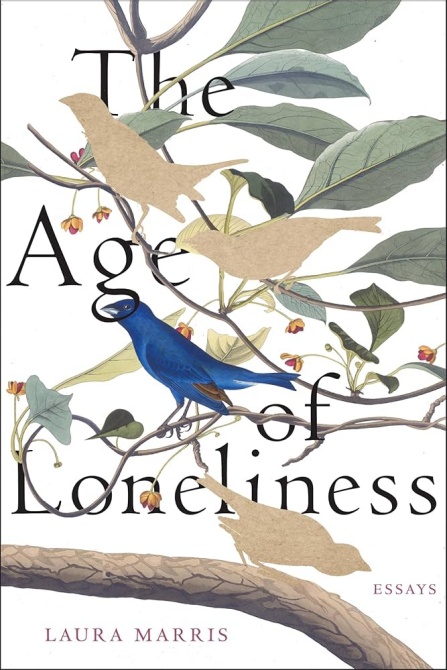The Age of Loneliness: Human-Wildlife Conflicts and Community Science

Laura Marris, author of The Age of Lonliness
LAURA MARRIS
2:00 PM in 102 clemens hall
September 27, 2024
Many people have had the anecdotal experience of seeing fewer fireflies than they remember as a kid. Or driving past a familiar beach and seeing only a few horseshoe crabs. At a time when living ecosystems are rapidly changing, how do we add to archives of ecological memory? How can we notice and document what's missing in the landscapes closest to us? How can environmental writing unpack the human and more-than-human stories woven through familiar places? One way is by covering the work of community scientists—trained volunteers who go out to collect data on birds, plants, insects, or other environmental factors. These volunteers help to monitor the welfare of other species locally, taking stock of absences that are easy to overlook. This work can also offer human community in a time of isolation, species loss, and eco-anxiety.
